After one of the warmest, driest summers on record last year—followed by a mild, wet winter—your lawn might need a lot of work this spring. Now is the time to get started, so here are my tips for reestablishing your yard in time for summer.
First, it’s time once again to deal with moss in your lawn. I’m regularly asked when the right time is to kill moss. The fact is, it’s never a bad time to kill it, so I recommend applying ferrous sulfate as the first step in any lawn care plan for the year. Don’t forget to follow up with Espoma Lightning Lime to discourage moss re-growth. Lawns treated twice a year with lime have less moss, grow lusher, and generally require less fertilizer. At Vander Giessen Nursery, we carry ferrous sulfate and Lightning Lime and can help you decide how much of each you’ll need for your lawn.
Second, now is the time to address one of the most problematic grassy weeds we deal with in the Pacific Northwest: poa annua. Commonly called “annual bluegrass” or simply “poa,” this weed is often mistaken for crabgrass. In reality, poa isn’t anything like crabgrass—it looks different, grows differently and shows up at a different time of year than crabgrass.
So, what is poa? If you look around your yard, you’re bound to see it this time of year. In fact, it might be the only green thing that’s not moss in some areas of your lawn at present. Poa is a fast-growing grass with a slightly wider blade than most desirable lawn grasses. It’s a lighter shade of green than many other grasses and develops a small white seed head very quickly and at a very low height, making it difficult to mow off even with a close-cutting mower.
For years, the best deterrent for poa was a pre-emergent weed killer. While still a good option for preventing poa in lawns, the fact is many of us have poa already established in large portions of our yards. Thankfully, there’s a new kid on the block in weed control that works as both a preventative weed control product and weed killer for existing patches of poa.
Crabgrass Plus from Bonide is designed to attack both grassy and broadleaf weeds and prevent weeds from getting established in your lawn for several months, meaning one springtime application may keep your lawn weed-free into mid- to late summer. I’ve used it on my own lawn for years with great results in managing poa and nearly every other weed. Crabgrass Plus is available at Vander Giessen’s–stop in and let us help you eradicate poa from your yard!
Third, it’s time to address that area of your yard that died out last year and simply didn’t green up again last fall. There are two primary factors that could be at play in what happened: fungus and drought. If your lawn died out before the hot, dry weather set in, or continued to die back even after the rains returned last fall, you may have fungus issues to deal with. Granular fungus control products stop the spread of any fungal spores but may need to be reapplied two or three times to effectively eradicate the disease.
The more common problem in most yards is entirely drought-related. While dry summers aren’t rare for us in Washington, last year was exceptional, and the weather was simply too dry for grass to survive without at least once-a-month watering.
If you have areas of your lawn that haven’t greened up this winter, the sad fact is they won’t—period. Save replacing your lawn entirely, there is a less labor-intensive and cheaper alternative. First, thatch the dead areas heavily to remove as much dead grass as possible. Then, aerate your lawn to punch holes in the turf, preferably with a machine that removes a plug of sod rather than just poking a hole.
Next, spread a light layer of topsoil or a plant-based compost such as Green Earth compost over the entire area—as little as a quarter inch is adequate. Finally, spread new grass seed and starter fertilizer and water in. Grass seed doesn’t typically sprout until early April in our area, so plan this job for some time in April or May. And if you’re planning to use a weed killer like what I described above, you may need to wait for a month or more after using it to seed new grass anyway.
With the weather extremes we’ve had in the last year, your yard may have taken a beating. But take heart—you’re not alone, and with the right products and knowledge, you can get back to enjoying a lush, green lawn.


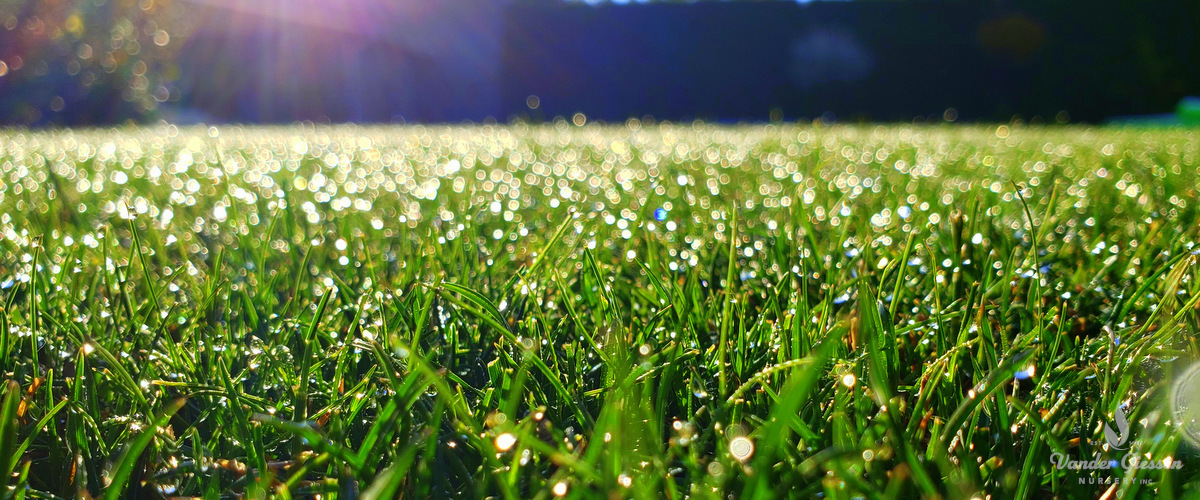
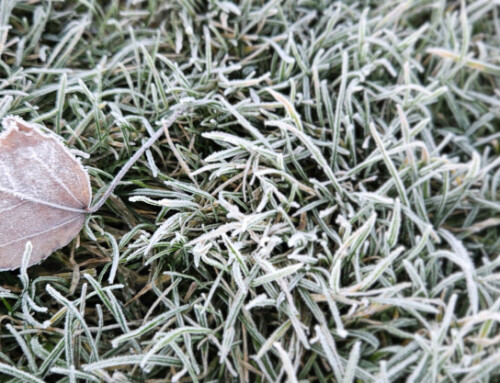
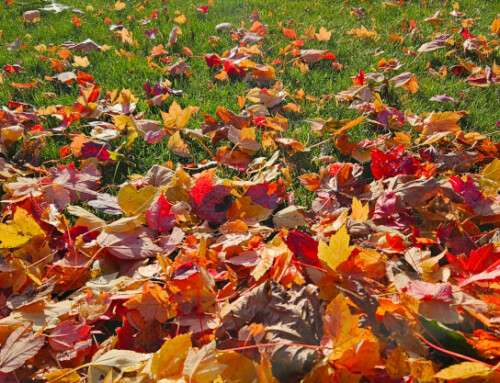
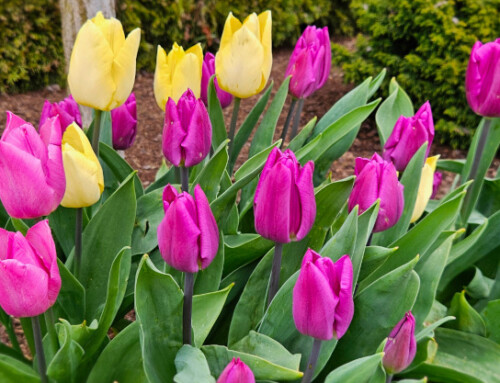
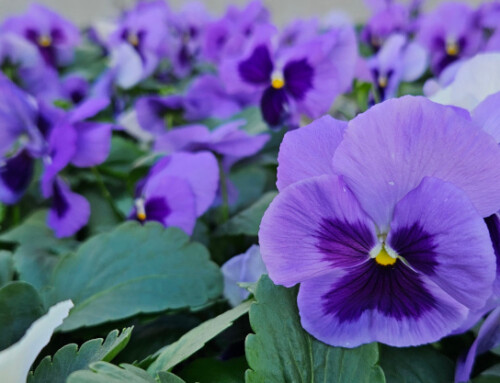
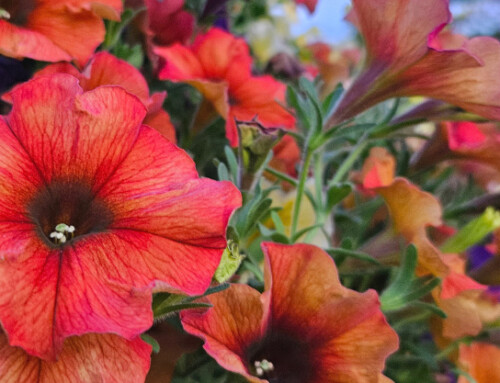
Leave A Comment